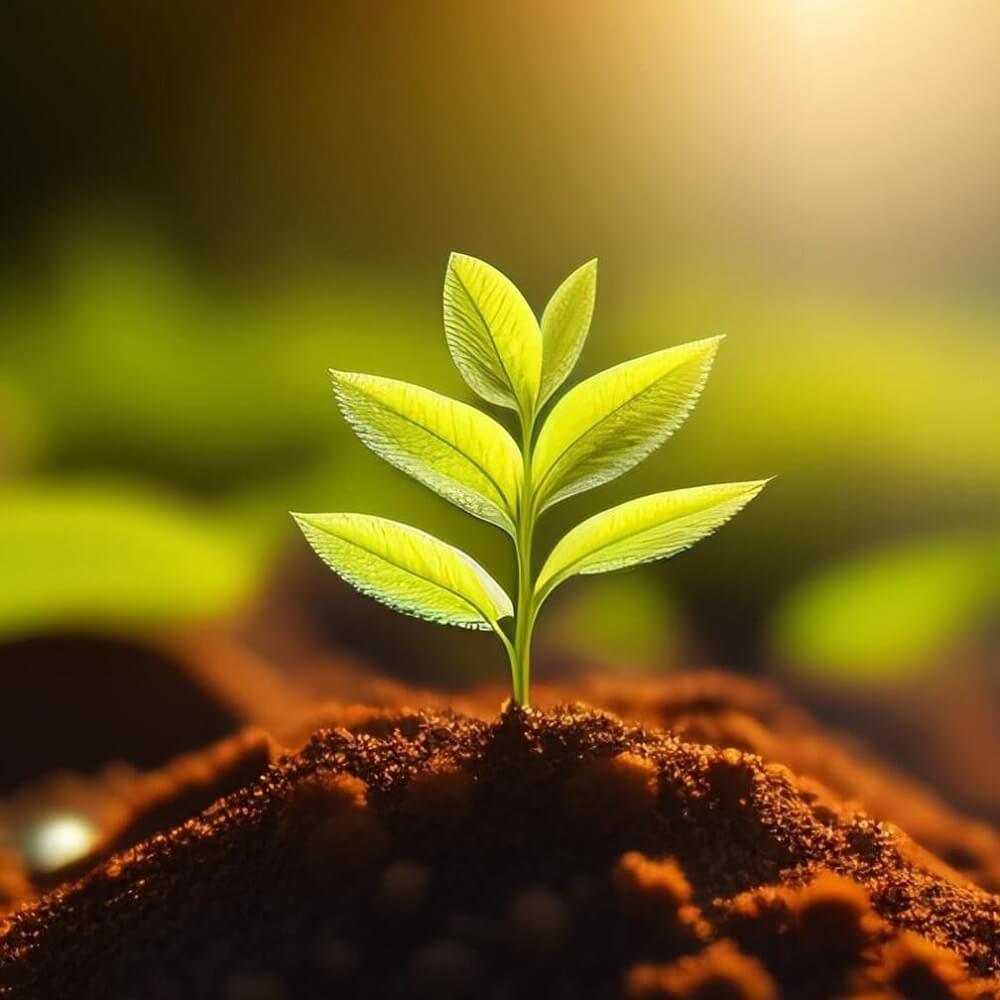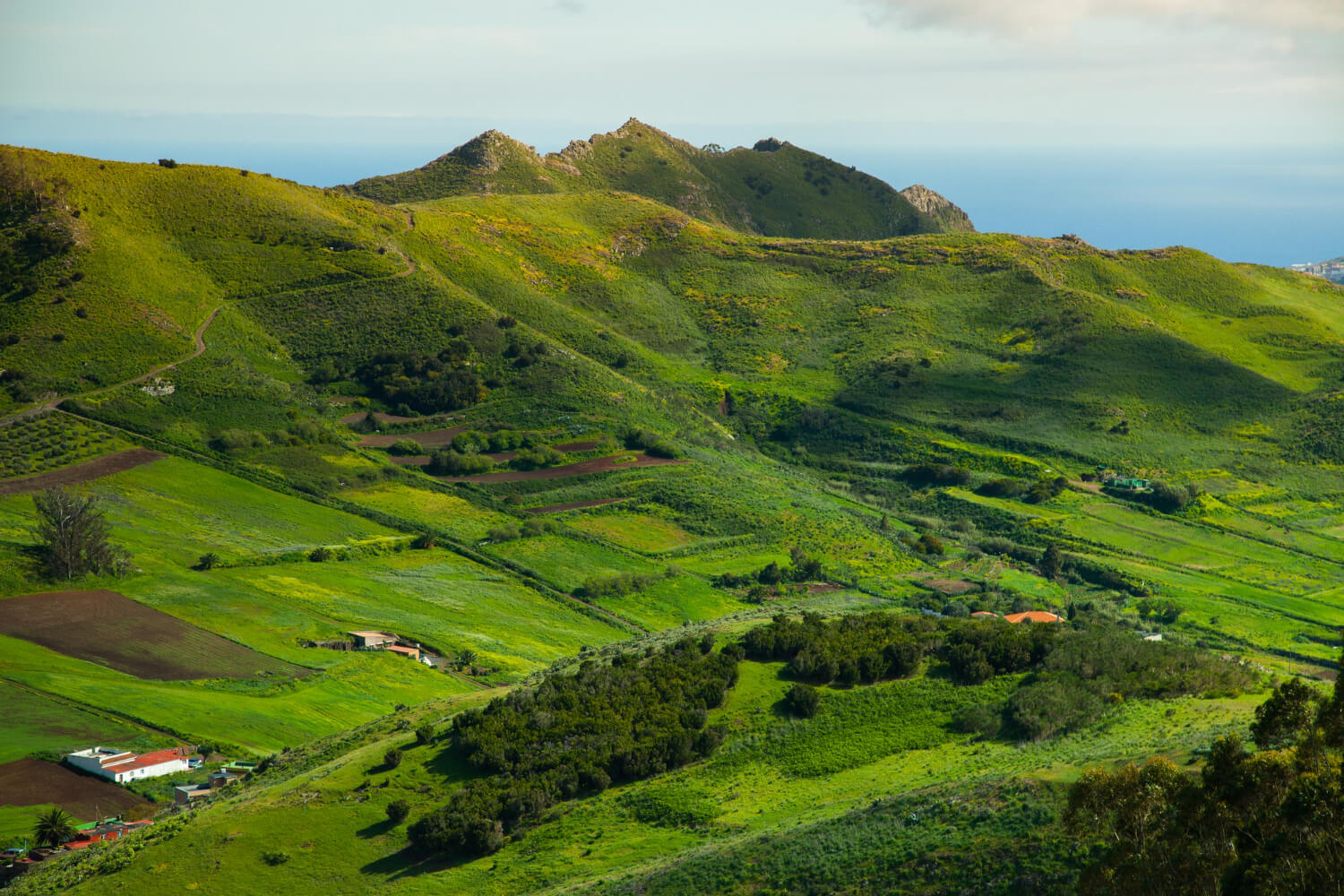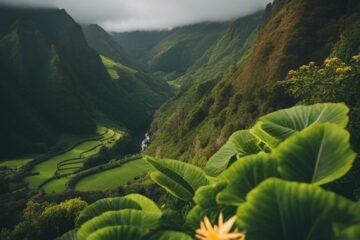This is not only the oldest, but also one of the most diverse national parks in the United States which is known primarily for geothermal phenomena. Every year, the park is visited by an average of 3.6 million tourists.
Table of Contents
Created to protect nature
To protect the unique natural and geological landscape, on March 1, 1872, the United States Congress created Yellowstone National Park. Interestingly, at first, the area was guarded by a regular army unit stationed in the northern part of the park. It was only from 1917 that the National Park Service took care of security and administration. In 1978, the park was inscribed on the UNESCO World Heritage List.
Yellowstone Park and its flora
Yellowstone National Park covers 8991 km² in three states – Wyoming, Montana and Idaho. There are 67 species of mammals in the park – including grey wolf, Canadian lynx and grizzly bear. Moreover, at present Yellowstone is the only place in the continental United States where the wild buffalo population has survived. It is worth noting that when in 1902 it was realized that there were only about 50 of them, actions were taken to rebuild the population – animals were fed, pastures were irrigated, sick individuals were shot and predators were controlled. Thanks to this, a herd size exceeding 3,000 was achieved. individuals.
What to see in Yellowstone Park?
Natural features that you must see while in Yellowstone National Park are Firehole and Yellowstone Waterfalls, the famous rainbow hot springs – Grand Prismatic Spring, Yellowstone Lake, stalactite mineral terraces – e.g. Minerva Terrace in Mammoth Hot Springs, geysers – including the two most famous, i.e. Old Faithful and Steamboat, Yellowstone River Canyon, mud volcanoes and fumarole called Roaring Mountain.
Yellowston Superwulkan
Yellowstone National Park is located on the caldera (i.e. the depression at the top of the volcano, which was formed as a result of a violent explosion – editor’s note) Yellowstone, measuring approximately 55 by 80 km. This caldera is a remnant of gigantic supervolcano explosions that took place 2.1 million, 1.3 million and 640 thousand. years ago (then over 1000 km³ of pyroclastic material was discharged into the atmosphere).
The last lava flow from Yellowstone caldera was 70,000. years ago. Studies carried out in recent years have shown that the magma chamber is currently 5 to 10 kilometres below the surface of the earth. Due to the likelihood of another explosion, the caldera is monitored using, among others, GPS receivers located in its area.
If there was another eruption – on the scale before 640 thousand. years – it would destroy much of the United States and cool the climate because the huge amounts of sulfur oxides released would create a thin veil of sulfuric acid around the planet that would reflect sunlight for many years. As a result, around 5 billion people would probably starve to death.
Did you know?
Every year, over three million people visit the iconic Mount Rushmore National Memorial in South Dakota. The carving took 14 years and 400 employees. It was completed in 1941. It is worth to visit nearby memorial while travelling to the Yellowstone National Park.

Our contributing author is a passionate advocate for eco-friendly living and sustainability. With a background in eco-life, they are dedicated to inspiring and empowering individuals to adopt environmentally conscious lifestyles. Through insightful articles, they share practical tips, innovative solutions, and thought-provoking perspectives to promote a greener, more sustainable world. Join them on the journey towards eco-smart living and discover how small choices can make a big impact. 🌱







